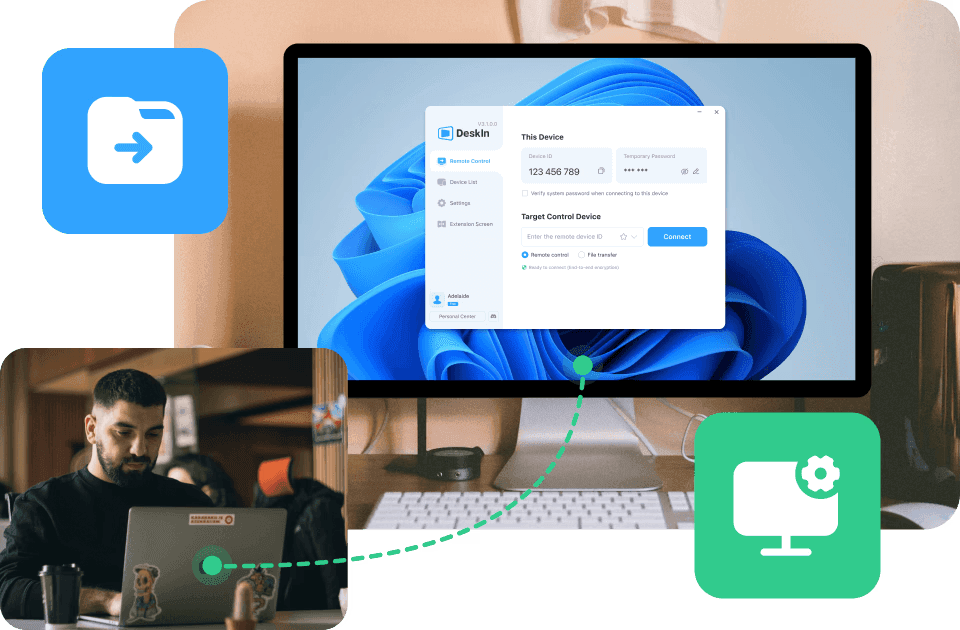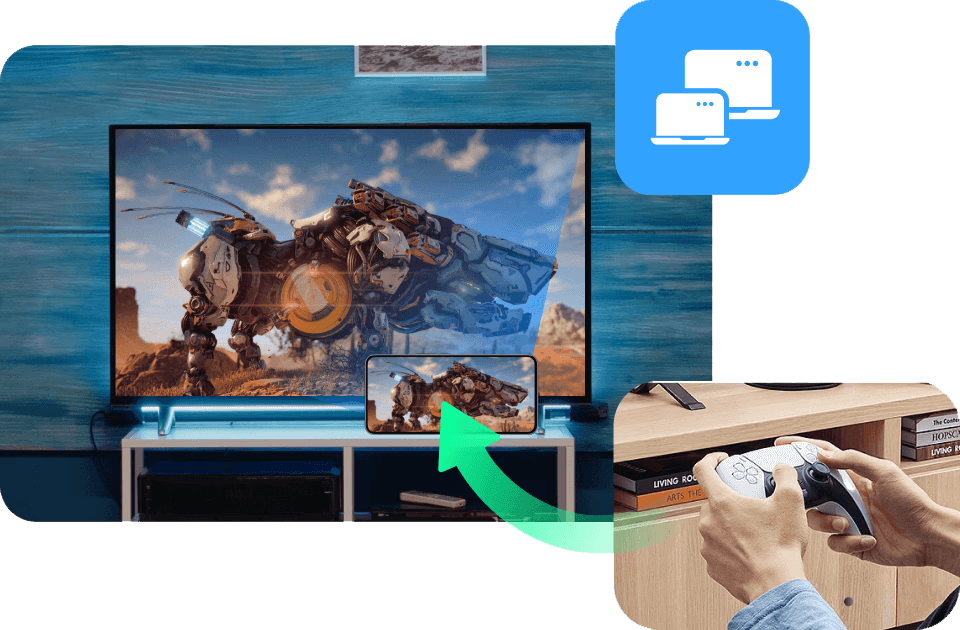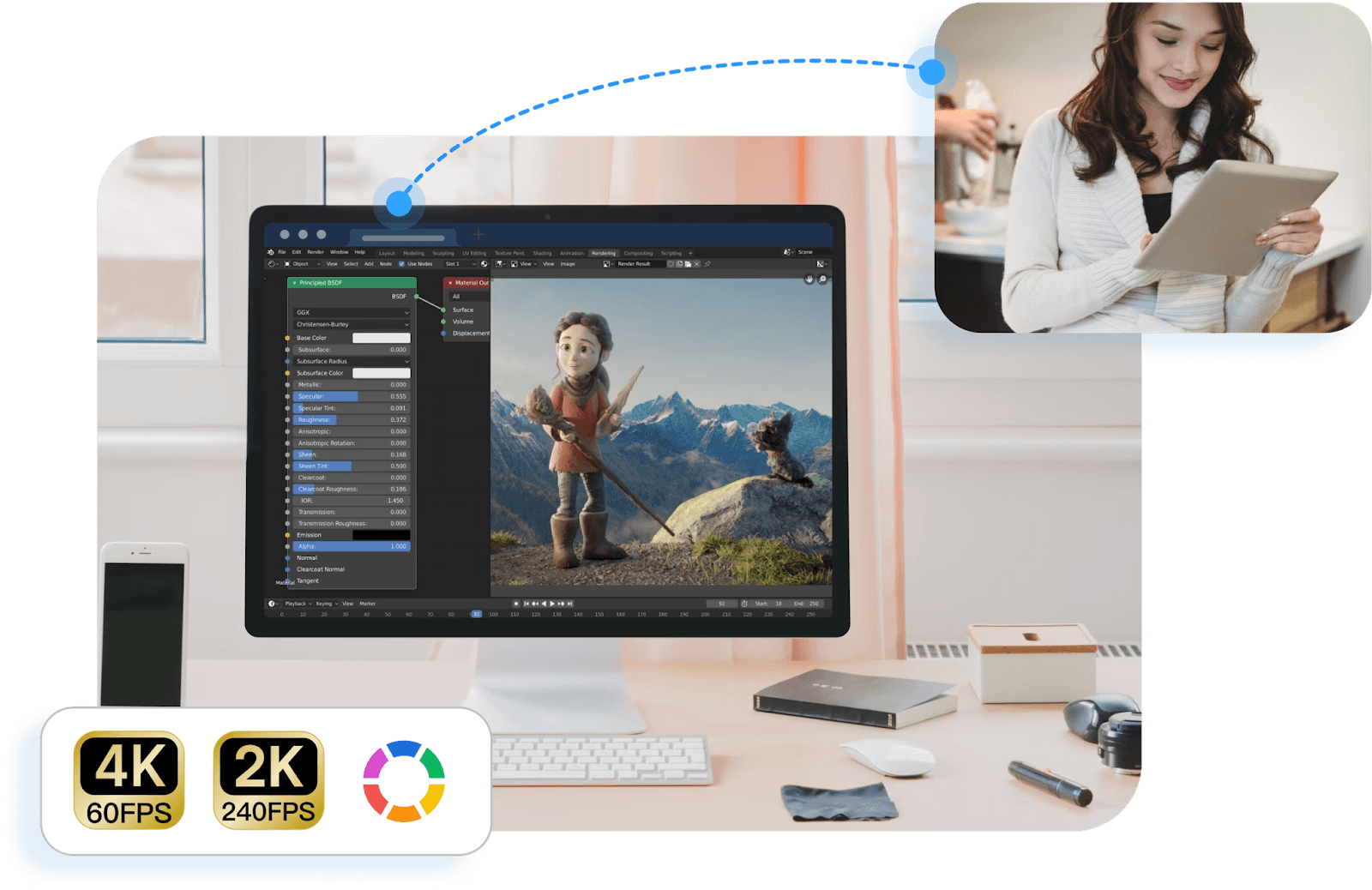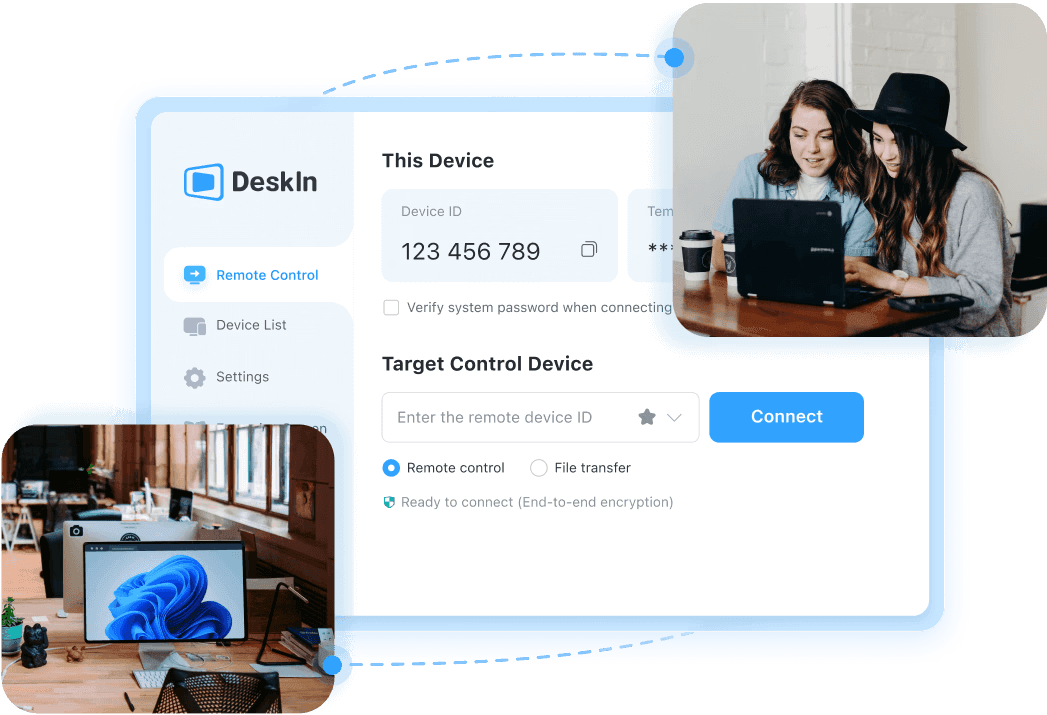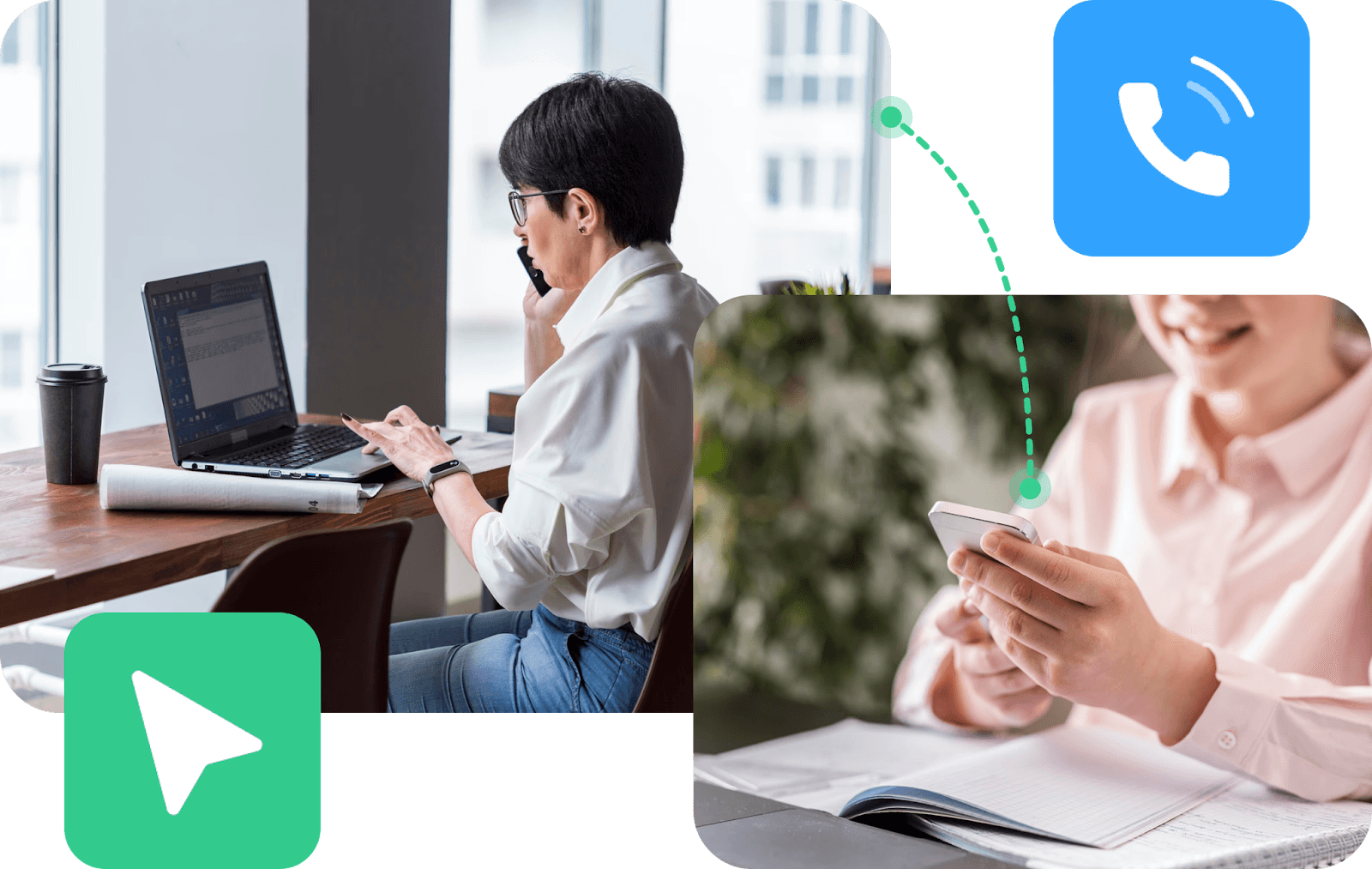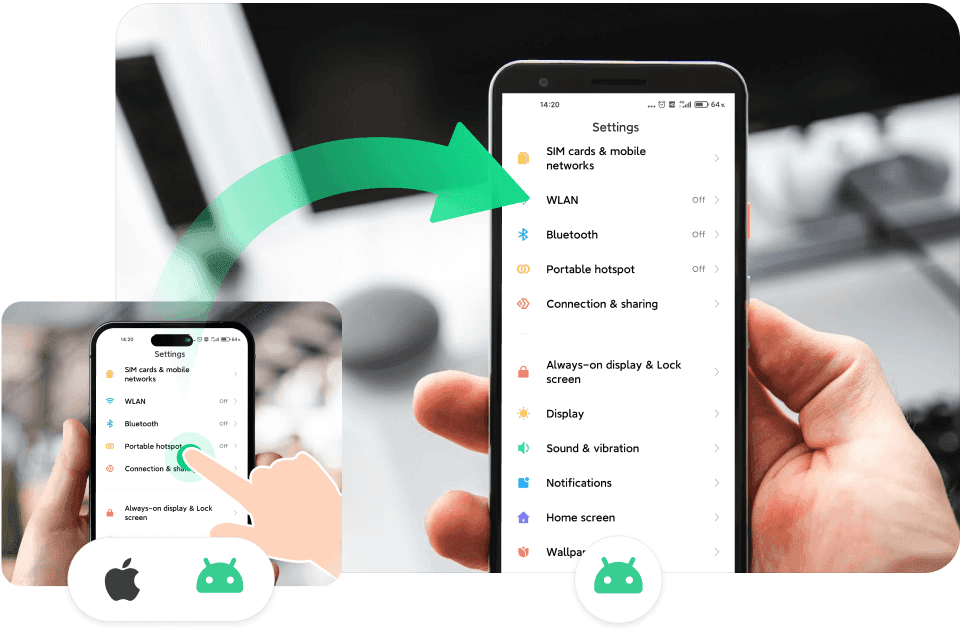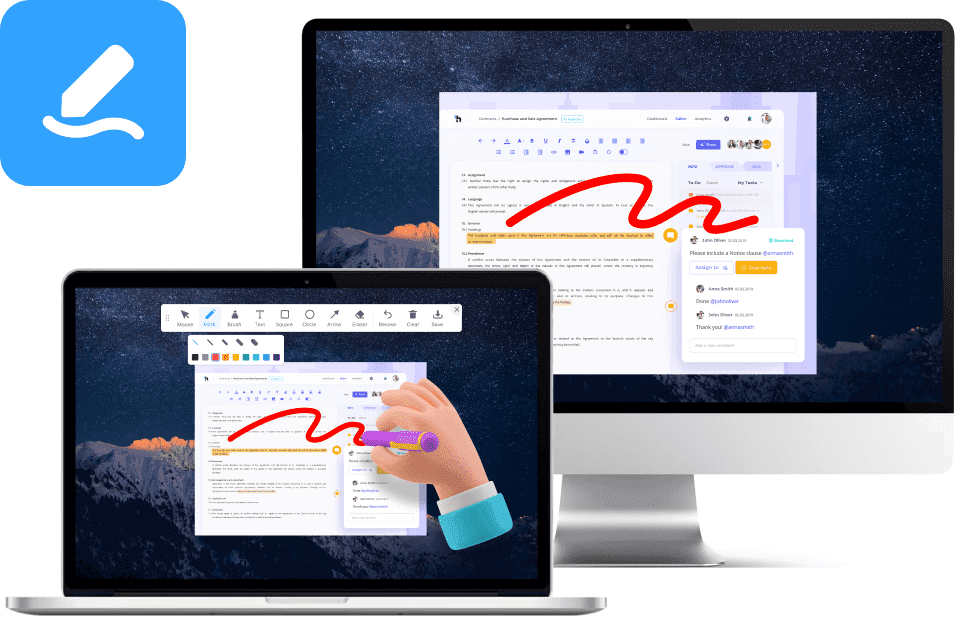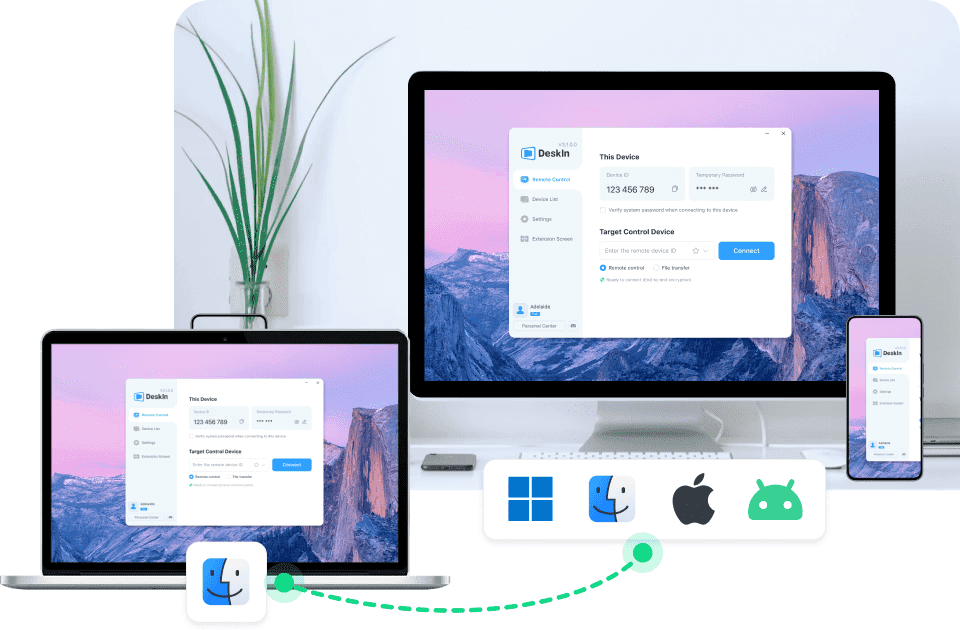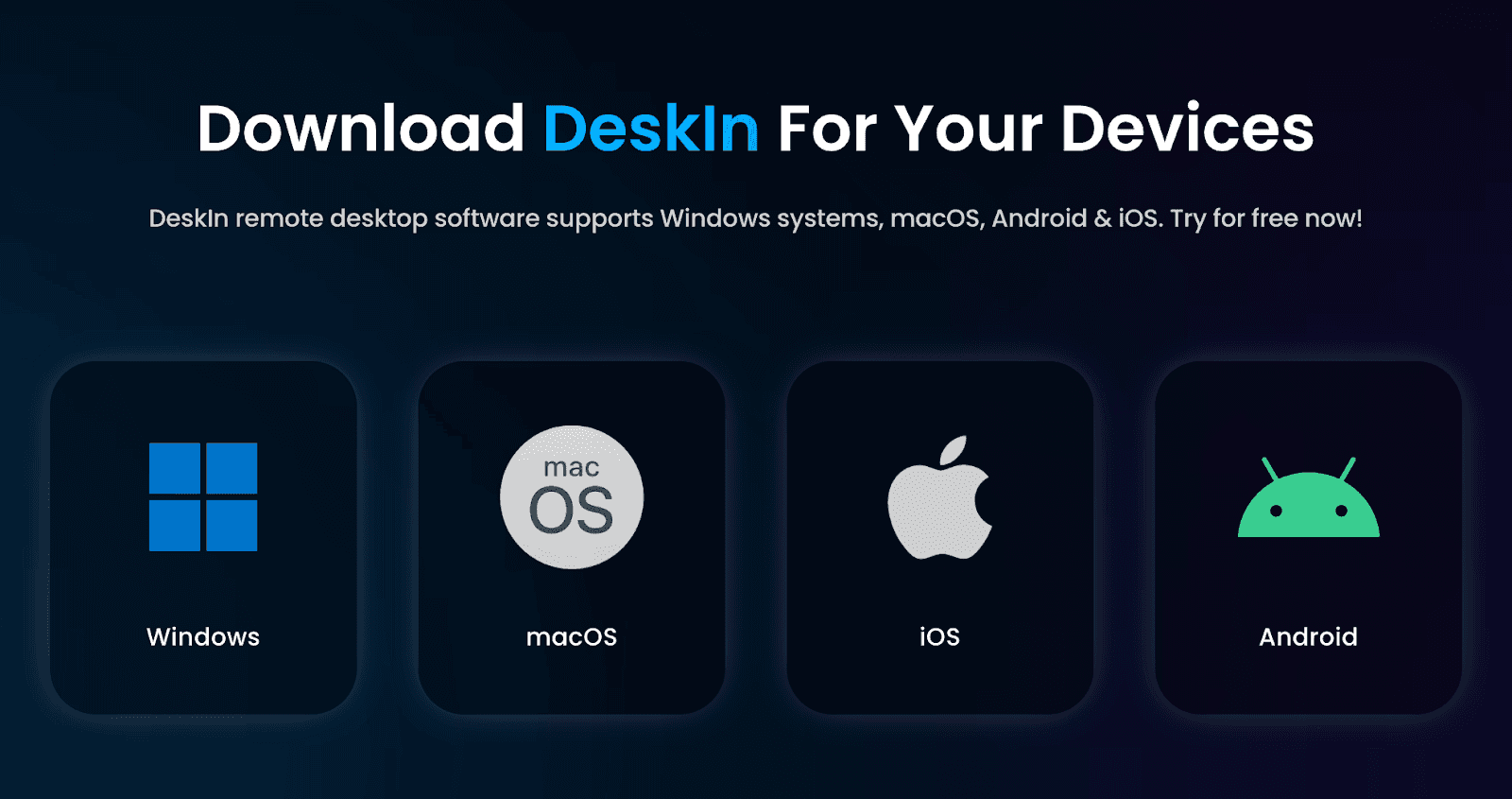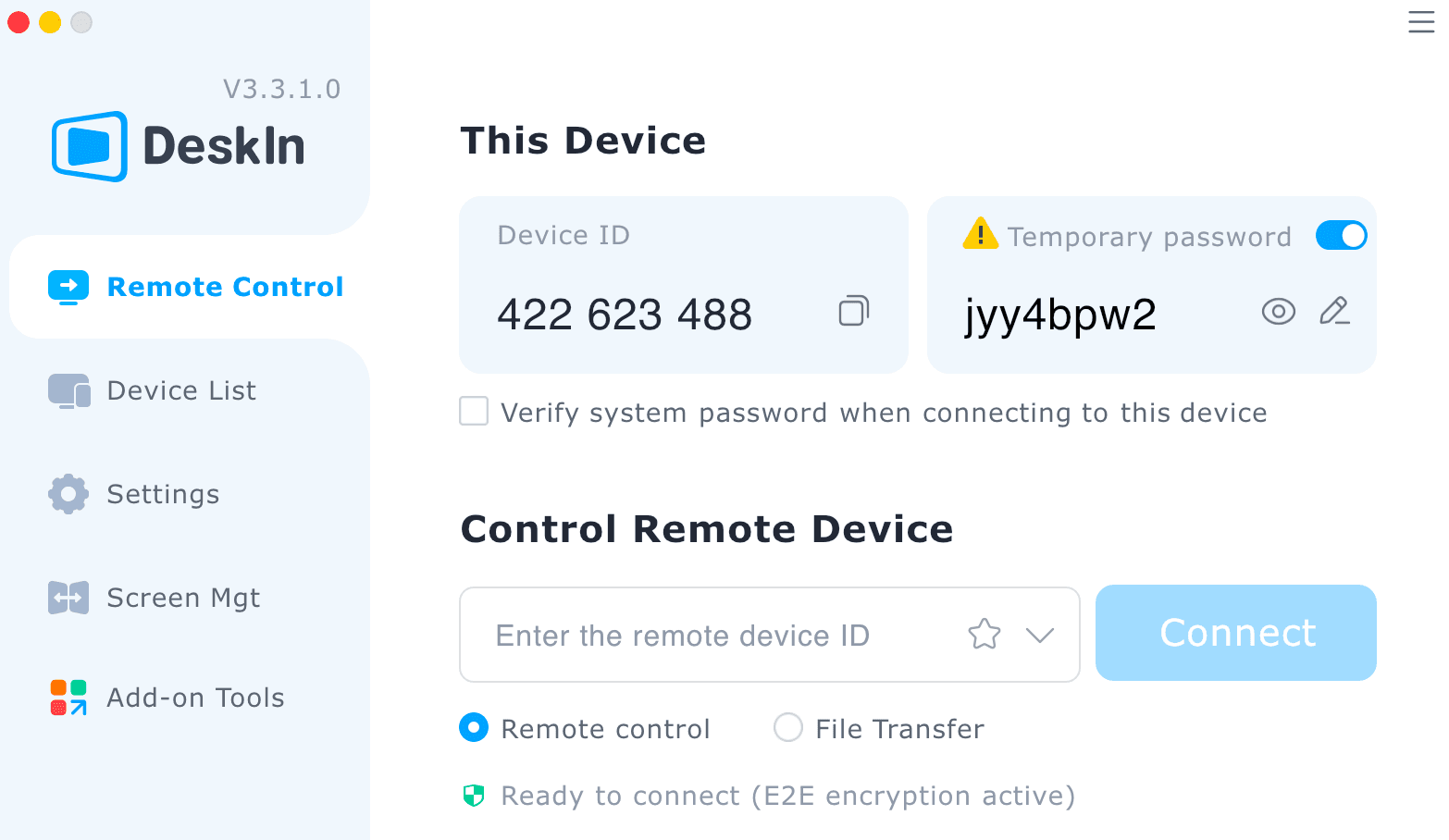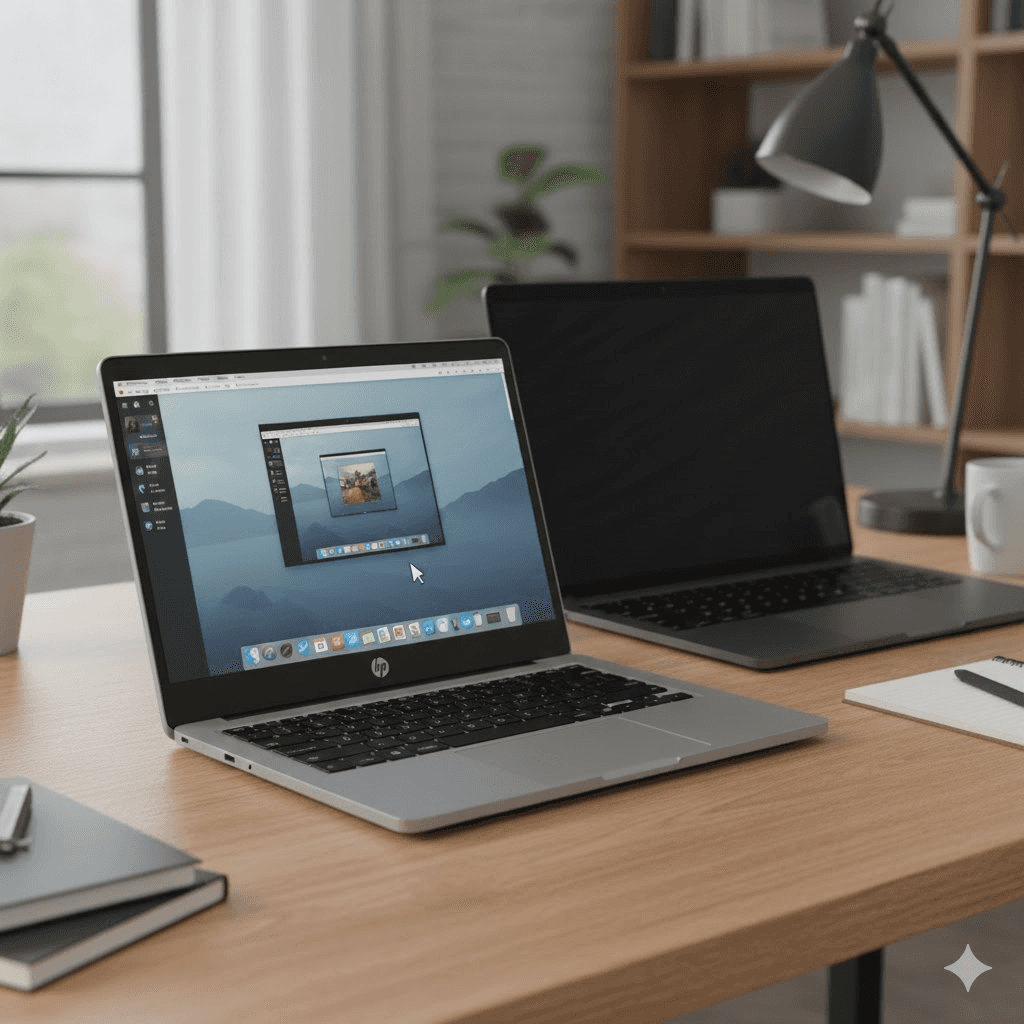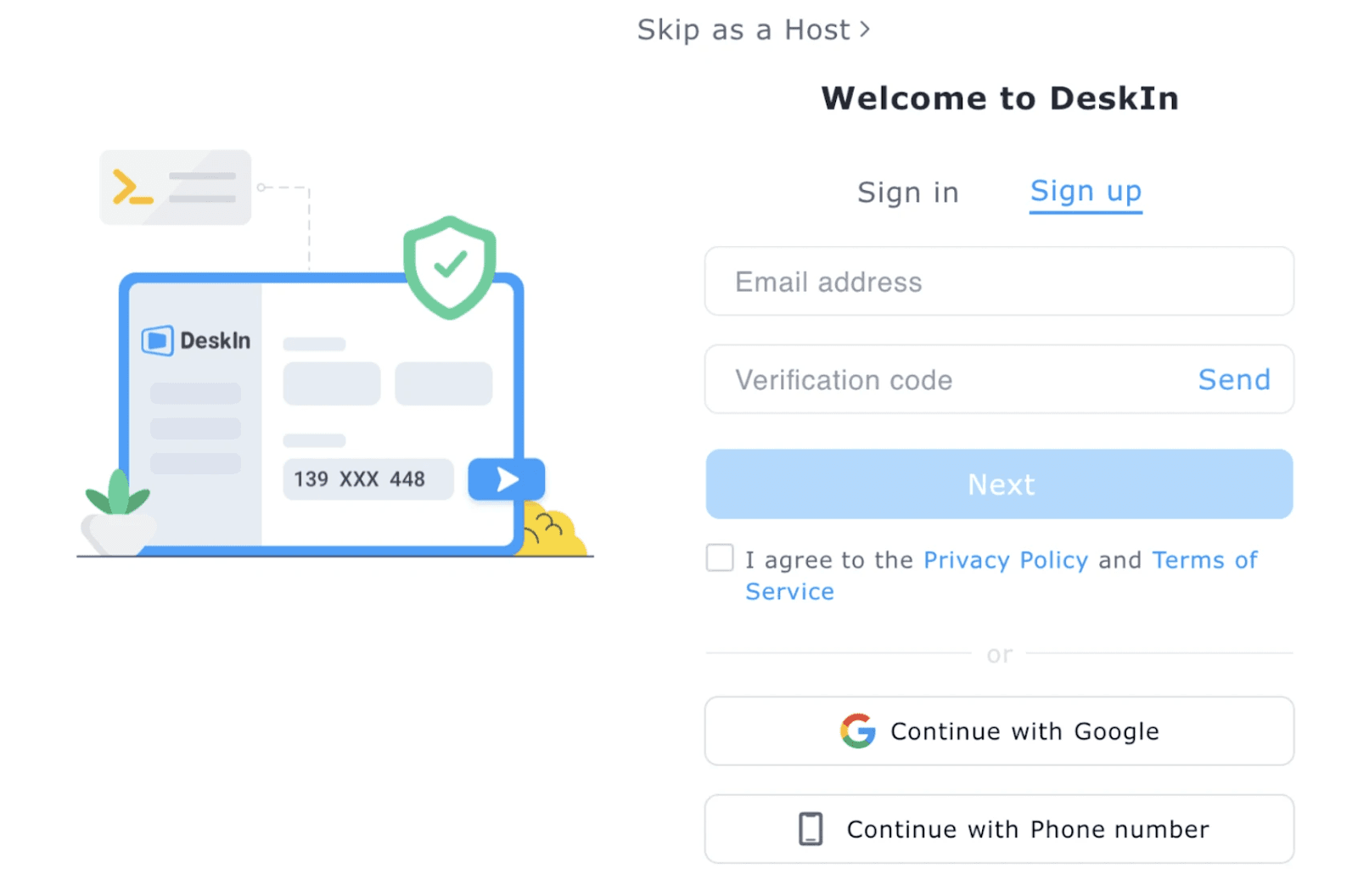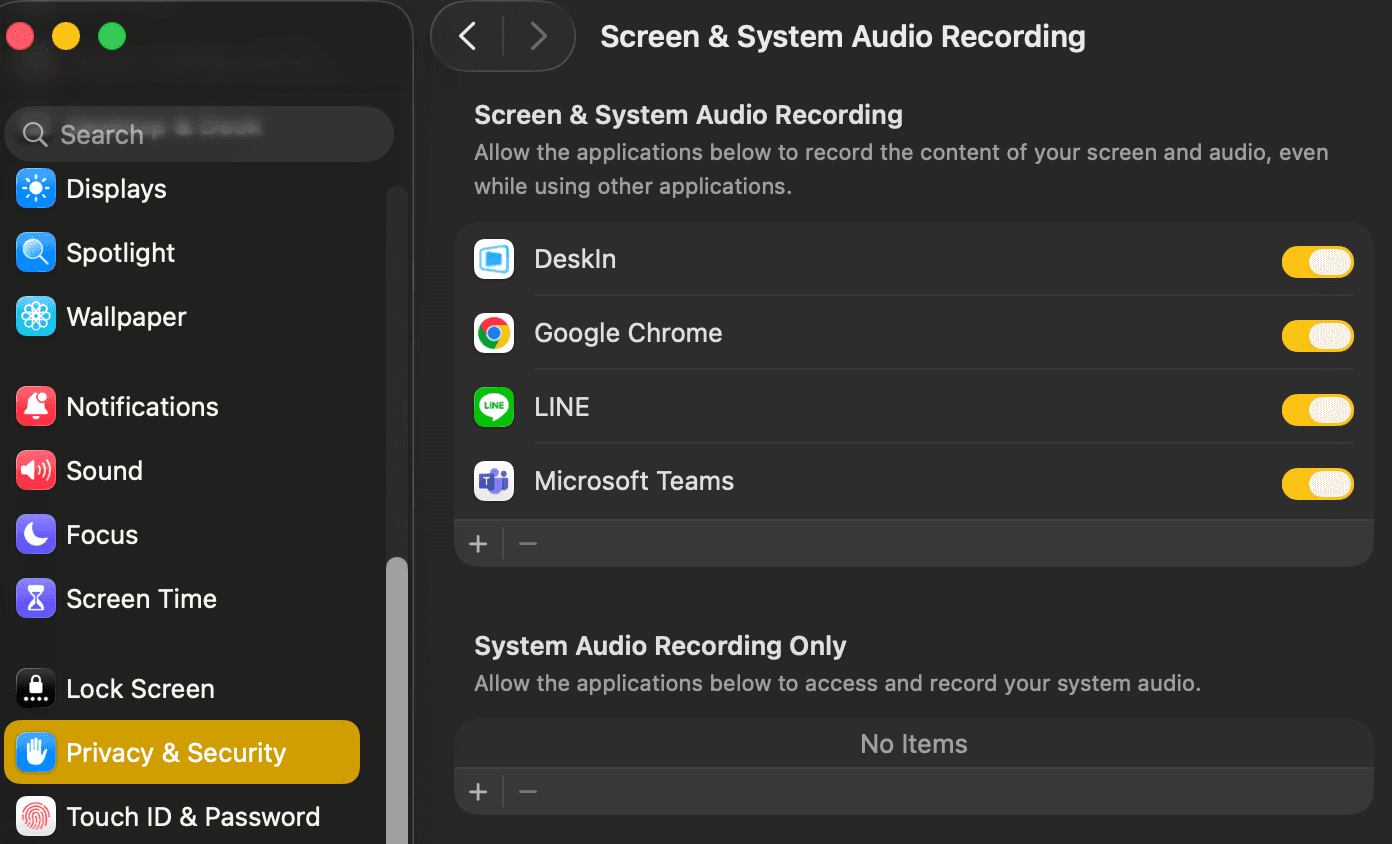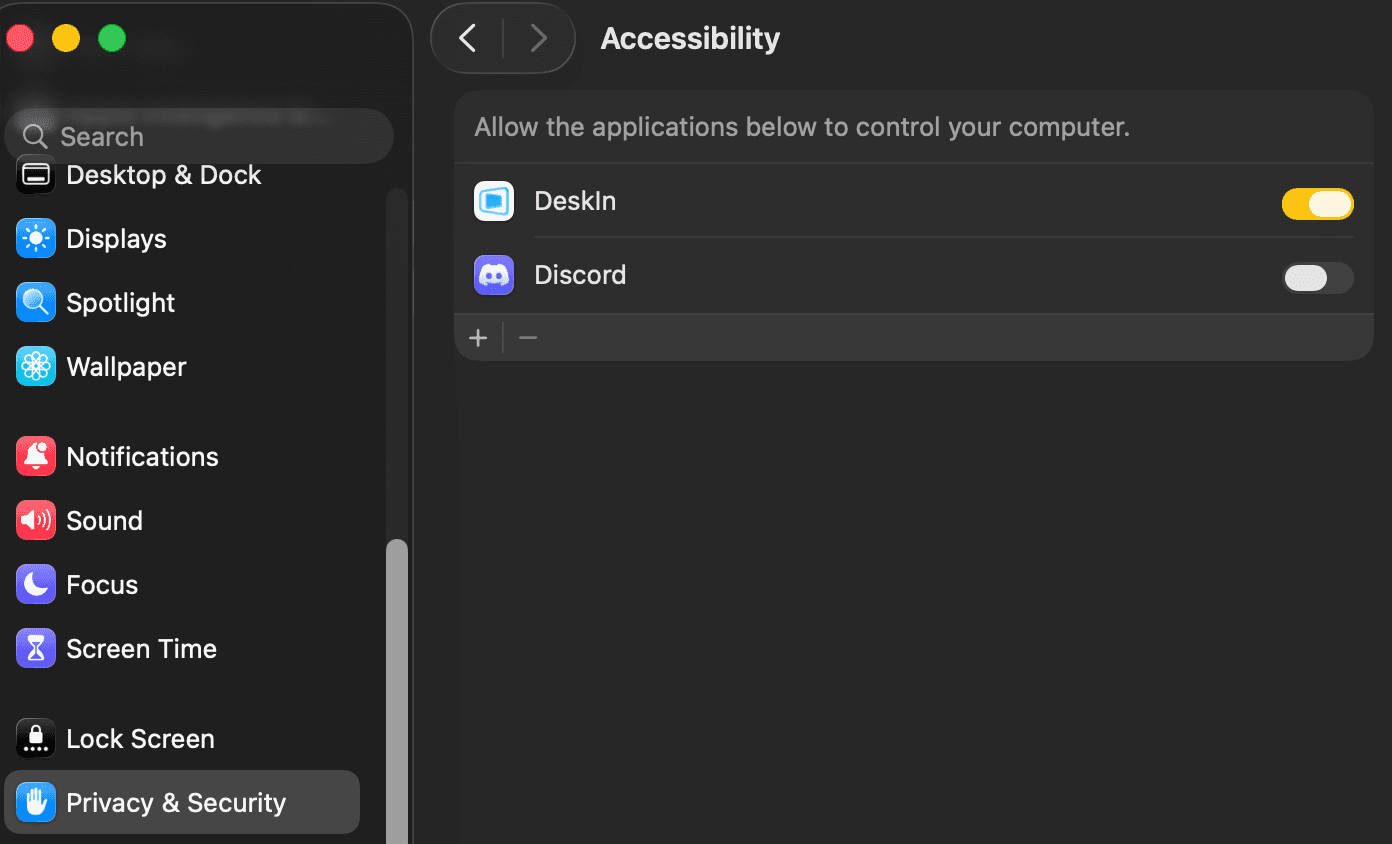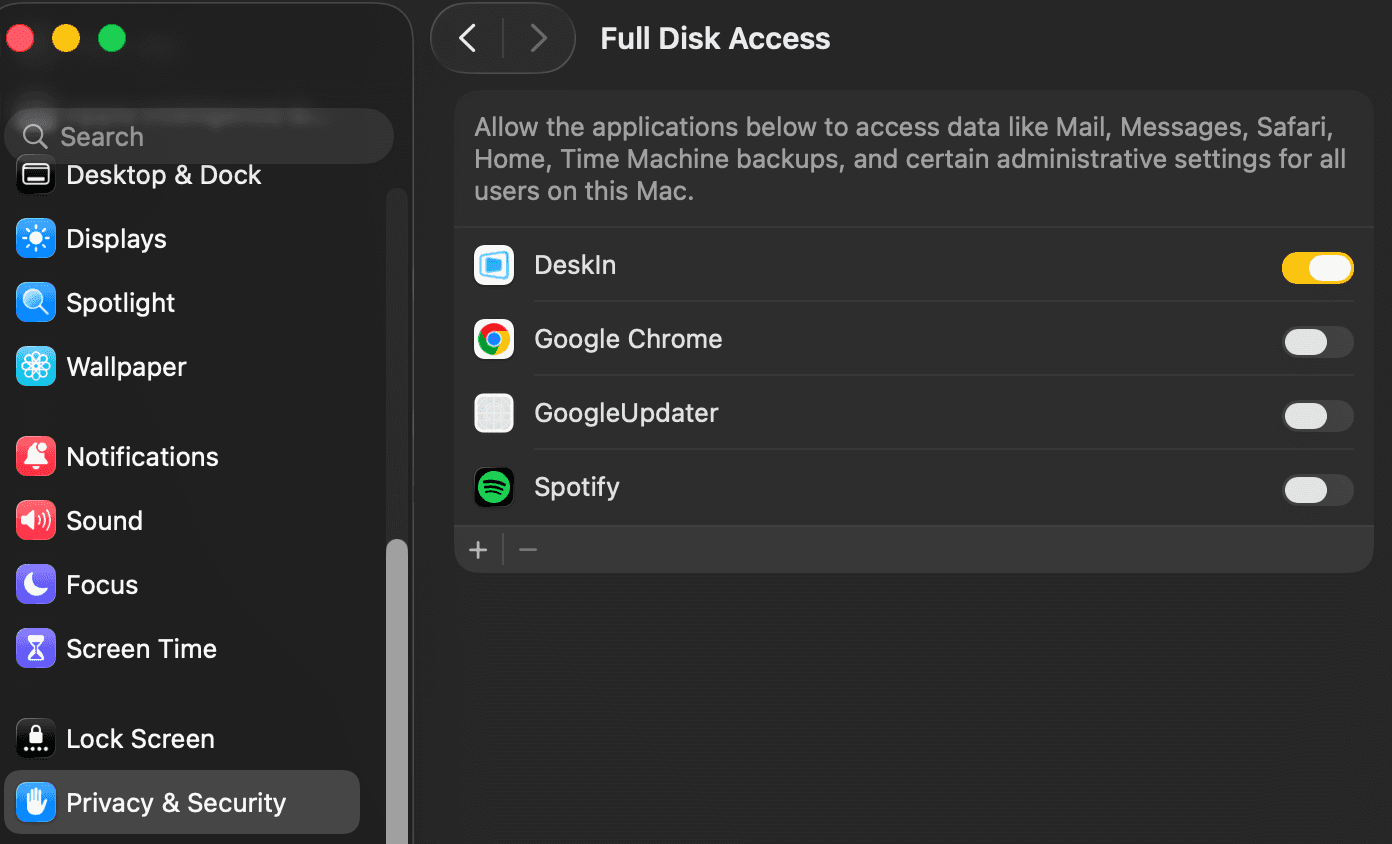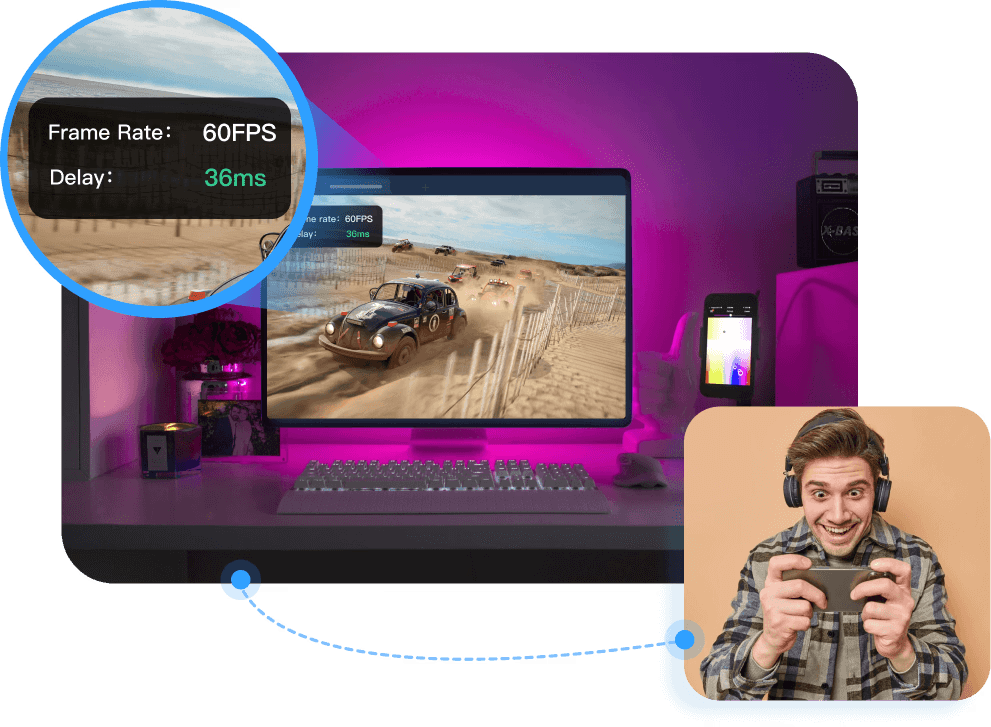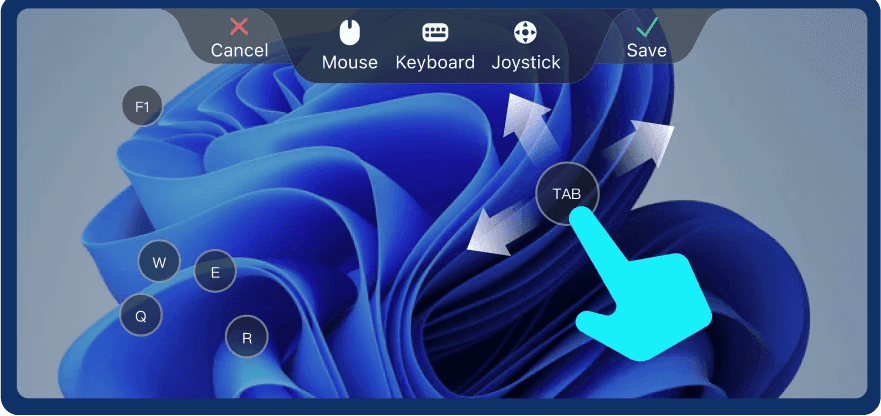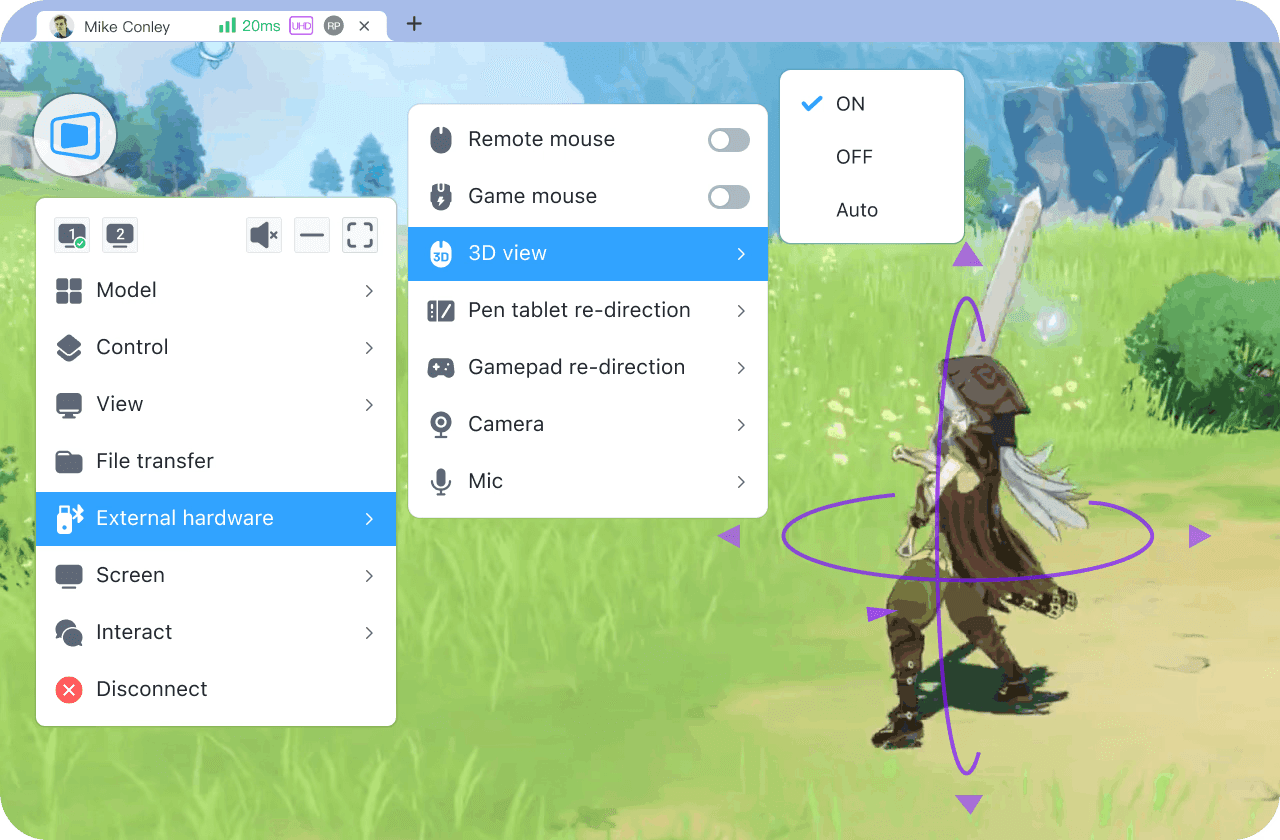Khi điện thoại di động mang đến cho chúng ta sự tiện lợi, chúng cũng mang lại rủi ro. Phần mềm gián điệp có thể được cài đặt chỉ đơn giản bằng cách nhấp vào một liên kết. Kẻ lừa đảo sẽ sử dụng phần mềm Remote Desktop để truy cập vào điện thoại của mọi người. Khi điện thoại của bạn bị tấn công, mật khẩu và thông tin xác thực của bạn có thể bị rò rỉ. Biết cách nhận biết nếu ai đó đang truy cập iPhone của bạn từ xa là điều quan trọng. Đọc tiếp để biết thêm về các dấu hiệu và cách bảo vệ điện thoại của bạn khỏi việc bị truy cập độc hại.
Sáu dấu hiệu đáng ngờ cho thấy điện thoại của bạn đang bị truy cập
1. Pin giảm nhanh hơn nhiều so với bình thường
Loại trừ sự suy giảm sức khỏe pin, nếu điện thoại của bạn tiêu tốn nhiều năng lượng hơn đáng kể so với bình thường trong quá trình sử dụng bình thường hoặc thậm chí khi ở chế độ chờ, có thể có phần mềm trái phép đang âm thầm hoạt động trong nền và tăng cường tiêu thụ pin.
2. Nhiệt độ cao
Tương tự, nếu nhiệt độ điện thoại cao hơn bình thường trong quá trình sử dụng bình thường, bạn cần chú ý hơn. Phần mềm độc hại hoạt động lâu dài và chiếm dụng bộ nhớ CPU, gây nóng cho điện thoại.
3. Khởi động lại thường xuyên
Các ứng dụng và cài đặt trái phép có thể làm chậm điện thoại của bạn hoặc thậm chí khiến nó bị treo. Loại trừ nguyên nhân là điện thoại của bạn quá cũ hoặc có dung lượng bộ nhớ khả dụng quá ít, có thể là do điện thoại của bạn đã bị truy cập bởi người khác.
4. Màn hình điện thoại tự di chuyển
Nếu bạn thấy điện thoại của mình đột nhiên khởi động lại, tắt hoặc sáng bất ngờ ngay cả khi không có thông báo mới, hoặc thậm chí thỉnh thoảng màn hình tự di chuyển, thì bạn nên chú ý hơn.
5. Tin nhắn lạ hoặc lịch sử duyệt web
Nếu điện thoại của bạn nhận được một tin nhắn không thể giải thích kèm theo một liên kết, hãy cẩn thận và đừng nhấp vào các liên kết đó. Khi bạn nhấp vào nó, điện thoại của bạn có thể bị nhiễm virus nhanh chóng. Bạn cũng nên kiểm tra lịch sử duyệt web của mình thường xuyên. Nếu có các trang web mà bạn không truy cập, đây cũng là một dấu hiệu cho thấy điện thoại của bạn đang bị truy cập bởi người khác.
6. Âm thanh lạ
Khi bạn đang trò chuyện với người khác và bạn nghe thấy âm thanh từ các nguồn không xác định hoặc những giọng nói khác, hãy cảnh giác vì đây có thể là dấu hiệu cho thấy điện thoại của bạn đang bị theo dõi hoặc giám sát!
Nếu bạn nghi ngờ điện thoại di động của mình đang bị theo dõi, làm thế nào bạn có thể kiểm tra và vô hiệu hóa điều này?
Những gì cần làm nếu iPhone của bạn đang bị truy cập từ xa
1. Kiểm tra xem có chương trình ẩn nào trên điện thoại của bạn không
Cả Android và iPhone đều cho phép ẩn ứng dụng. Bạn có thể kiểm tra lịch sử cài đặt trên cửa hàng ứng dụng, và kiểm tra xem có chương trình ẩn thông qua các bước sau:
iPhone: Vuốt sang trái trên giao diện chính cho đến khi bạn thấy "Thư viện ứng dụng", sẽ có một thư mục mang tên "Ẩn", bạn có thể mở khóa nó bằng mật khẩu hoặc Face ID.
Android: Đi tới "Cài đặt" >> "Ứng dụng" >> "Hiện ứng dụng ẩn"
Nếu bạn phát hiện bất kỳ phần mềm không quen thuộc nào, hãy gỡ cài đặt ngay lập tức. Nếu bạn thấy rằng ứng dụng không thể bị xóa, hãy tìm sự trợ giúp từ các chuyên gia.
2. Thay đổi quyền truy cập vị trí của ứng dụng
Cả Android và iPhone đều cho phép điều chỉnh quyền truy cập vị trí, và bằng cách không chia sẻ "Vị trí chính xác", bạn có thể nâng cao bảo mật. Dưới đây là cách thay đổi cài đặt vị trí.
iPhone: Đi tới "Cài đặt" >> "Quyền riêng tư và bảo mật" >> "Dịch vụ vị trí" >> tìm các chương trình mà bạn nghĩ là có rủi ro cao, và tắt tùy chọn "Vị trí chính xác". Bạn cũng có thể thay đổi sở thích của các ứng dụng bình thường khác.
Đồng thời, bạn cũng có thể xóa các bản ghi vị trí trước đó trên "Dịch vụ vị trí" >> "Dịch vụ hệ thống" >> "Vị trí quan trọng" >> "Xóa lịch sử"
Android: Đi tới "Cài đặt" >> "Vị trí" >> "Google" >> "Cải thiện độ chính xác" >> Tắt "Cải thiện độ chính xác"

3. Cài đặt phần mềm chống virus hoặc phần mềm chống theo dõi
Đặc biệt đối với các thiết bị Android, bạn có thể xem xét một số phần mềm chống virus hoặc chương trình chống theo dõi để phát hiện xem phần mềm độc hại có được cài đặt trên điện thoại hay không. Hãy nhớ luôn tải phần mềm từ cửa hàng ứng dụng chính thức và không cài đặt phần mềm mơ hồ thông qua các liên kết hoặc mã QR.

4. Xóa lịch sử duyệt web
Android: Mở Google Chrome >> nhấp vào nút "┇" ở góc trên bên phải >> "Cài đặt" >> "Quyền riêng tư và bảo mật" >> "Xóa dữ liệu duyệt" >> Chọn danh mục dữ liệu và khoảng thời gian để xóa
iPhone: Đi tới "Cài đặt" >> "Safari" >> "Xóa lịch sử duyệt web và dữ liệu trang web".
5. Đặt lại mật khẩu tài khoản Google hoặc tài khoản Apple
Nếu điện thoại của bạn có nguy cơ bị theo dõi, mật khẩu của bạn có thể đã bị rò rỉ. Vì các tài khoản Google và tài khoản Apple gắn liền với nhiều chương trình và phần mềm khác, việc cập nhật mật khẩu là cần thiết:
Đổi mật khẩu tài khoản Google: Mở tài khoản Google >> "Bảo mật" >> Đăng nhập vào Google >> "Mật khẩu" >> Nhập mật khẩu mới >> "Đổi mật khẩu".
Đổi mật khẩu tài khoản Apple: Đi tới "Cài đặt" thiết bị >> Nhấp vào tên tài khoản >> "Mật khẩu và bảo mật" >> "Đổi mật khẩu", làm theo hướng dẫn trên màn hình để cập nhật mật khẩu của bạn.
6. Đặt lại điện thoại của bạn (không sử dụng trừ khi cần thiết!)
Phương pháp này chỉ được khuyến nghị khi bạn nghĩ rằng bạn thực sự không thể truy cập vào việc theo dõi. Hãy sao lưu điện thoại của bạn trước khi sử dụng để tránh mất dữ liệu.
Android: Đi tới "Cài đặt" >> "Quản lý chung" >> "Đặt lại" >> "Đặt lại dữ liệu gốc" >> "Đặt lại"
iPhone: Đi tới "Cài đặt" >> "Chung" >> "Chuyển hoặc Đặt lại iPhone" >> "Xóa Tất cả Nội dung và Cài đặt"
Cách sử dụng phần mềm từ xa an toàn và tránh truy cập độc hại
Mọi người đều lo lắng rằng điện thoại của họ có thể bị truy cập độc hại và có thể gặp các vấn đề bảo mật khi sử dụng phần mềm điều khiển từ xa. Tuy nhiên, sự tiện lợi của phần mềm từ xa ngày càng trở nên rõ ràng, và thật đáng tiếc nếu phải từ bỏ việc sử dụng nó. Thật ra, chỉ cần bạn chú ý đến những mẹo này, bạn có thể cơ bản tránh hầu hết các rủi ro tiềm tàng:
Cố gắng không sử dụng Wifi công cộng
Chọn phần mềm điều khiển từ xa có mức bảo mật cao
Không nhấp vào các liên kết không quen thuộc hoặc tải xuống phần mềm không rõ
Đừng tin bất kỳ người lạ nào yêu cầu bạn tải xuống ứng dụng điều khiển từ xa
Thường xuyên cập nhật mật khẩu kết nối và mật khẩu tài khoản và không bao giờ chia sẻ chúng với những người bạn không biết.
Tránh đăng nhập vào các tài khoản từ xa trên các thiết bị không quen thuộc
Sử dụng tốt các cài đặt bảo mật
Phần mềm điều khiển từ xa an toàn nhất - DeskIn
Sử dụng phần mềm điều khiển từ xa có mức bảo mật cao có thể giảm đáng kể nguy cơ bị theo dõi hoặc bị truy cập độc hại và DeskIn là phần mềm đáp ứng yêu cầu này. Ngoài việc sử dụng mã hóa 256-bit, DeskIn còn có các cài đặt bảo mật toàn diện để đảm bảo rằng thiết bị của bạn an toàn:
Cần xác minh qua email khi đăng nhập trên các thiết bị mới.
Cần xác minh cấp hai trong mỗi phiên kết nối từ xa: mật khẩu tạm thời, mật khẩu bảo mật hoặc xác minh thủ công.
2 thiết bị phải trên cùng một tài khoản khi truy cập điện thoại.
Chế độ bảo vệ: Khi điện thoại đang được truy cập nhập mật khẩu hoặc trên trang thanh toán, DeskIn sẽ chặn màn hình từ xa tạm thời để tránh rò rỉ thông tin riêng tư.
Màn hình riêng tư: bảo vệ phiên từ xa không bị quan sát.
Sử dụng danh sách đen và danh sách trắng để tránh kết nối từ các thiết bị không quen thuộc.
Bạn cũng có thể thiết lập Khóa Client, Khóa Màn hình, Xác minh Thủ công Bắt buộc, v.v. khi được truy cập bởi các tài khoản khác nhau.
Làm thế nào để sử dụng DeskIn?
Bước 1: Tải xuống DeskIn trên các thiết bị của bạn, đăng ký tài khoản miễn phí và đăng nhập.

Bước 2: Cho phép kết nối với thiết bị này và đặt mật khẩu kết nối bảo mật

Bước 3: Sử dụng ID thiết bị và mật khẩu để truy cập vào điện thoại khác

Kết luận
Thông tin trong bài viết này giúp bạn nhận diện liệu điện thoại của bạn có thể bị kiểm soát hay không, đề xuất các phương pháp phòng ngừa và giới thiệu phần mềm điều khiển từ xa có độ bảo mật cao - DeskIn. Các cài đặt bảo mật của nó rất toàn diện và có thể bảo vệ thông tin của bạn rất tốt. Nó cũng dễ sử dụng và là lựa chọn lý tưởng cho phần mềm truy cập từ xa.
Khi điện thoại di động mang đến cho chúng ta sự tiện lợi, chúng cũng mang lại rủi ro. Phần mềm gián điệp có thể được cài đặt chỉ đơn giản bằng cách nhấp vào một liên kết. Kẻ lừa đảo sẽ sử dụng phần mềm Remote Desktop để truy cập vào điện thoại của mọi người. Khi điện thoại của bạn bị tấn công, mật khẩu và thông tin xác thực của bạn có thể bị rò rỉ. Biết cách nhận biết nếu ai đó đang truy cập iPhone của bạn từ xa là điều quan trọng. Đọc tiếp để biết thêm về các dấu hiệu và cách bảo vệ điện thoại của bạn khỏi việc bị truy cập độc hại.
Sáu dấu hiệu đáng ngờ cho thấy điện thoại của bạn đang bị truy cập
1. Pin giảm nhanh hơn nhiều so với bình thường
Loại trừ sự suy giảm sức khỏe pin, nếu điện thoại của bạn tiêu tốn nhiều năng lượng hơn đáng kể so với bình thường trong quá trình sử dụng bình thường hoặc thậm chí khi ở chế độ chờ, có thể có phần mềm trái phép đang âm thầm hoạt động trong nền và tăng cường tiêu thụ pin.
2. Nhiệt độ cao
Tương tự, nếu nhiệt độ điện thoại cao hơn bình thường trong quá trình sử dụng bình thường, bạn cần chú ý hơn. Phần mềm độc hại hoạt động lâu dài và chiếm dụng bộ nhớ CPU, gây nóng cho điện thoại.
3. Khởi động lại thường xuyên
Các ứng dụng và cài đặt trái phép có thể làm chậm điện thoại của bạn hoặc thậm chí khiến nó bị treo. Loại trừ nguyên nhân là điện thoại của bạn quá cũ hoặc có dung lượng bộ nhớ khả dụng quá ít, có thể là do điện thoại của bạn đã bị truy cập bởi người khác.
4. Màn hình điện thoại tự di chuyển
Nếu bạn thấy điện thoại của mình đột nhiên khởi động lại, tắt hoặc sáng bất ngờ ngay cả khi không có thông báo mới, hoặc thậm chí thỉnh thoảng màn hình tự di chuyển, thì bạn nên chú ý hơn.
5. Tin nhắn lạ hoặc lịch sử duyệt web
Nếu điện thoại của bạn nhận được một tin nhắn không thể giải thích kèm theo một liên kết, hãy cẩn thận và đừng nhấp vào các liên kết đó. Khi bạn nhấp vào nó, điện thoại của bạn có thể bị nhiễm virus nhanh chóng. Bạn cũng nên kiểm tra lịch sử duyệt web của mình thường xuyên. Nếu có các trang web mà bạn không truy cập, đây cũng là một dấu hiệu cho thấy điện thoại của bạn đang bị truy cập bởi người khác.
6. Âm thanh lạ
Khi bạn đang trò chuyện với người khác và bạn nghe thấy âm thanh từ các nguồn không xác định hoặc những giọng nói khác, hãy cảnh giác vì đây có thể là dấu hiệu cho thấy điện thoại của bạn đang bị theo dõi hoặc giám sát!
Nếu bạn nghi ngờ điện thoại di động của mình đang bị theo dõi, làm thế nào bạn có thể kiểm tra và vô hiệu hóa điều này?
Những gì cần làm nếu iPhone của bạn đang bị truy cập từ xa
1. Kiểm tra xem có chương trình ẩn nào trên điện thoại của bạn không
Cả Android và iPhone đều cho phép ẩn ứng dụng. Bạn có thể kiểm tra lịch sử cài đặt trên cửa hàng ứng dụng, và kiểm tra xem có chương trình ẩn thông qua các bước sau:
iPhone: Vuốt sang trái trên giao diện chính cho đến khi bạn thấy "Thư viện ứng dụng", sẽ có một thư mục mang tên "Ẩn", bạn có thể mở khóa nó bằng mật khẩu hoặc Face ID.
Android: Đi tới "Cài đặt" >> "Ứng dụng" >> "Hiện ứng dụng ẩn"
Nếu bạn phát hiện bất kỳ phần mềm không quen thuộc nào, hãy gỡ cài đặt ngay lập tức. Nếu bạn thấy rằng ứng dụng không thể bị xóa, hãy tìm sự trợ giúp từ các chuyên gia.
2. Thay đổi quyền truy cập vị trí của ứng dụng
Cả Android và iPhone đều cho phép điều chỉnh quyền truy cập vị trí, và bằng cách không chia sẻ "Vị trí chính xác", bạn có thể nâng cao bảo mật. Dưới đây là cách thay đổi cài đặt vị trí.
iPhone: Đi tới "Cài đặt" >> "Quyền riêng tư và bảo mật" >> "Dịch vụ vị trí" >> tìm các chương trình mà bạn nghĩ là có rủi ro cao, và tắt tùy chọn "Vị trí chính xác". Bạn cũng có thể thay đổi sở thích của các ứng dụng bình thường khác.
Đồng thời, bạn cũng có thể xóa các bản ghi vị trí trước đó trên "Dịch vụ vị trí" >> "Dịch vụ hệ thống" >> "Vị trí quan trọng" >> "Xóa lịch sử"
Android: Đi tới "Cài đặt" >> "Vị trí" >> "Google" >> "Cải thiện độ chính xác" >> Tắt "Cải thiện độ chính xác"

3. Cài đặt phần mềm chống virus hoặc phần mềm chống theo dõi
Đặc biệt đối với các thiết bị Android, bạn có thể xem xét một số phần mềm chống virus hoặc chương trình chống theo dõi để phát hiện xem phần mềm độc hại có được cài đặt trên điện thoại hay không. Hãy nhớ luôn tải phần mềm từ cửa hàng ứng dụng chính thức và không cài đặt phần mềm mơ hồ thông qua các liên kết hoặc mã QR.

4. Xóa lịch sử duyệt web
Android: Mở Google Chrome >> nhấp vào nút "┇" ở góc trên bên phải >> "Cài đặt" >> "Quyền riêng tư và bảo mật" >> "Xóa dữ liệu duyệt" >> Chọn danh mục dữ liệu và khoảng thời gian để xóa
iPhone: Đi tới "Cài đặt" >> "Safari" >> "Xóa lịch sử duyệt web và dữ liệu trang web".
5. Đặt lại mật khẩu tài khoản Google hoặc tài khoản Apple
Nếu điện thoại của bạn có nguy cơ bị theo dõi, mật khẩu của bạn có thể đã bị rò rỉ. Vì các tài khoản Google và tài khoản Apple gắn liền với nhiều chương trình và phần mềm khác, việc cập nhật mật khẩu là cần thiết:
Đổi mật khẩu tài khoản Google: Mở tài khoản Google >> "Bảo mật" >> Đăng nhập vào Google >> "Mật khẩu" >> Nhập mật khẩu mới >> "Đổi mật khẩu".
Đổi mật khẩu tài khoản Apple: Đi tới "Cài đặt" thiết bị >> Nhấp vào tên tài khoản >> "Mật khẩu và bảo mật" >> "Đổi mật khẩu", làm theo hướng dẫn trên màn hình để cập nhật mật khẩu của bạn.
6. Đặt lại điện thoại của bạn (không sử dụng trừ khi cần thiết!)
Phương pháp này chỉ được khuyến nghị khi bạn nghĩ rằng bạn thực sự không thể truy cập vào việc theo dõi. Hãy sao lưu điện thoại của bạn trước khi sử dụng để tránh mất dữ liệu.
Android: Đi tới "Cài đặt" >> "Quản lý chung" >> "Đặt lại" >> "Đặt lại dữ liệu gốc" >> "Đặt lại"
iPhone: Đi tới "Cài đặt" >> "Chung" >> "Chuyển hoặc Đặt lại iPhone" >> "Xóa Tất cả Nội dung và Cài đặt"
Cách sử dụng phần mềm từ xa an toàn và tránh truy cập độc hại
Mọi người đều lo lắng rằng điện thoại của họ có thể bị truy cập độc hại và có thể gặp các vấn đề bảo mật khi sử dụng phần mềm điều khiển từ xa. Tuy nhiên, sự tiện lợi của phần mềm từ xa ngày càng trở nên rõ ràng, và thật đáng tiếc nếu phải từ bỏ việc sử dụng nó. Thật ra, chỉ cần bạn chú ý đến những mẹo này, bạn có thể cơ bản tránh hầu hết các rủi ro tiềm tàng:
Cố gắng không sử dụng Wifi công cộng
Chọn phần mềm điều khiển từ xa có mức bảo mật cao
Không nhấp vào các liên kết không quen thuộc hoặc tải xuống phần mềm không rõ
Đừng tin bất kỳ người lạ nào yêu cầu bạn tải xuống ứng dụng điều khiển từ xa
Thường xuyên cập nhật mật khẩu kết nối và mật khẩu tài khoản và không bao giờ chia sẻ chúng với những người bạn không biết.
Tránh đăng nhập vào các tài khoản từ xa trên các thiết bị không quen thuộc
Sử dụng tốt các cài đặt bảo mật
Phần mềm điều khiển từ xa an toàn nhất - DeskIn
Sử dụng phần mềm điều khiển từ xa có mức bảo mật cao có thể giảm đáng kể nguy cơ bị theo dõi hoặc bị truy cập độc hại và DeskIn là phần mềm đáp ứng yêu cầu này. Ngoài việc sử dụng mã hóa 256-bit, DeskIn còn có các cài đặt bảo mật toàn diện để đảm bảo rằng thiết bị của bạn an toàn:
Cần xác minh qua email khi đăng nhập trên các thiết bị mới.
Cần xác minh cấp hai trong mỗi phiên kết nối từ xa: mật khẩu tạm thời, mật khẩu bảo mật hoặc xác minh thủ công.
2 thiết bị phải trên cùng một tài khoản khi truy cập điện thoại.
Chế độ bảo vệ: Khi điện thoại đang được truy cập nhập mật khẩu hoặc trên trang thanh toán, DeskIn sẽ chặn màn hình từ xa tạm thời để tránh rò rỉ thông tin riêng tư.
Màn hình riêng tư: bảo vệ phiên từ xa không bị quan sát.
Sử dụng danh sách đen và danh sách trắng để tránh kết nối từ các thiết bị không quen thuộc.
Bạn cũng có thể thiết lập Khóa Client, Khóa Màn hình, Xác minh Thủ công Bắt buộc, v.v. khi được truy cập bởi các tài khoản khác nhau.
Làm thế nào để sử dụng DeskIn?
Bước 1: Tải xuống DeskIn trên các thiết bị của bạn, đăng ký tài khoản miễn phí và đăng nhập.

Bước 2: Cho phép kết nối với thiết bị này và đặt mật khẩu kết nối bảo mật

Bước 3: Sử dụng ID thiết bị và mật khẩu để truy cập vào điện thoại khác

Kết luận
Thông tin trong bài viết này giúp bạn nhận diện liệu điện thoại của bạn có thể bị kiểm soát hay không, đề xuất các phương pháp phòng ngừa và giới thiệu phần mềm điều khiển từ xa có độ bảo mật cao - DeskIn. Các cài đặt bảo mật của nó rất toàn diện và có thể bảo vệ thông tin của bạn rất tốt. Nó cũng dễ sử dụng và là lựa chọn lý tưởng cho phần mềm truy cập từ xa.






